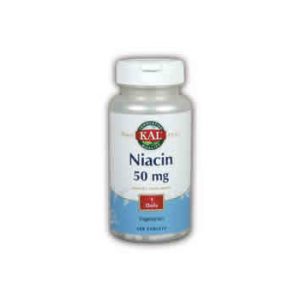Although there are various medications doctors prescribe for raising or lowering cholesterol, the words “niacin” and “niacinamide” get thrown around a lot. Some doctors may even use these terms interchangeably, and this tends to raise the question: what is the difference between these treatments and which one is better?
First of all, the important thing to know about these treatments is that niacinamide is made from niacin–which makes them extremely similar. This is the reason a lot of medical professionals may use them in the same context, however, they can have very different effects on the body. When it comes to cholesterol, niacin is the better choice.
Various studies have shown its positive effects on lowering high cholesterol in the body, but these same studies have also proven niacinamide is not as effective. The reason for this is that when the organic compound, niacin, is converted into niacinamide, the compound loses characteristics that help maintain a healthy cholesterol level.
That being said, for other conditions where the patient is being treated for a B-3 deficiency, niacinamide might work better. Doctors have discovered that when high doses of niacin are prescribed, the blood vessels in the body widen and people become “flushed”. In short, their skin becomes itchy and red, and it can quickly become very irritating. In this case, niacinamide is often the go-to alternative–whose main side effects are perspiration.

Although these terms have been used interchangeably, there are plenty of differences between them. In the treatment of cholesterol, these differences are especially evident as niacin outperforms niacinamide and is much better at maintaining healthy cholesterol levels. When it comes to other conditions where niacin and niacinamide are equally as effective–such as depression, anxiety, and other mental illness–the way the patient reacts to each medication may determine the course of treatment the doctor prescribes.
Related Products



Leave a Reply